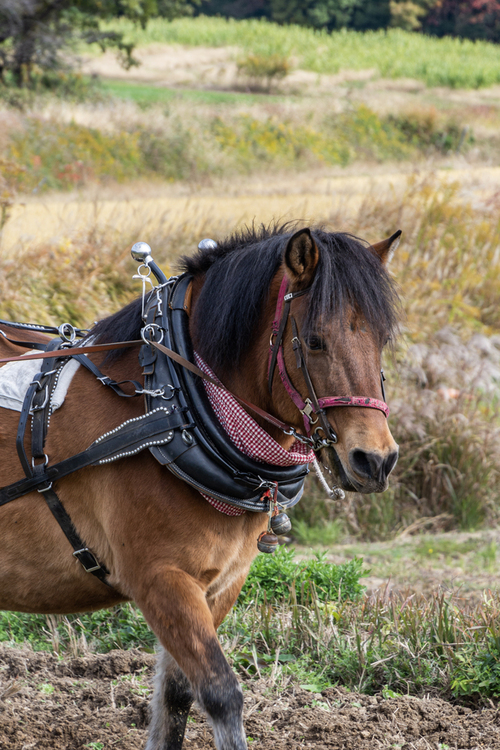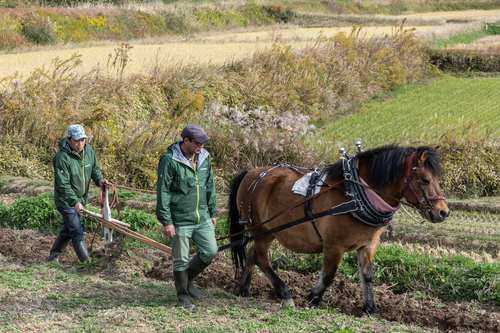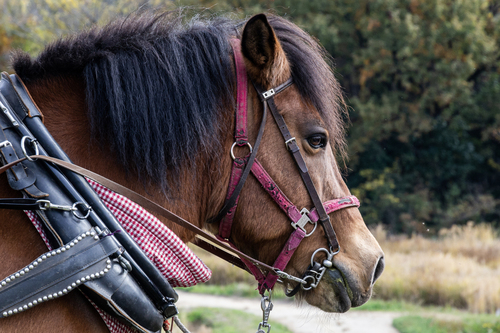You might not imagine that university life in Japan would involve the opportunity to experience farming practices from centuries gone by, but the Nagoya University Museum offered visitors the chance to try just that, with a traditional ploughing event at the Nagoya University farm, using the previously endangered native horse breed, the Kiso Horse.
The Kiso Horse was almost wiped out in the late 19th and early 20th centuries by breeding programs which aimed to create taller horses for military use. In the second half of the 20th century, efforts were made to save the Kiso Horse from extinction, which were ultimately successful. After his death, one of the horses used in the original rescue program, Haruyama the Third, had his skeleton preserved, and it is now in the Nagoya University Museum.
Dr. Ayako Umemura, whose research covers the history of the Kiso Horse, has organized several events involving the horses, of which the ploughing was the latest. The Kiso Horse Center in Nagano prefecture brought one of their mares, Wakana, and a pair of ploughs from the early 20th century. Visitors were given the opportunity to guide the plough through the soil behind the horse, under the guidance of the Kiso Horse Center staff, and get a feel for the physical nature of pre-automation farming.
One of the joys of coming to study in Japan is the opportunity to take part in unusual and exciting experiences, and Nagoya University is proud to be able to offer our students and the public the opportunity to enjoy events like these.
Text and photos by Edmund Rhind-Tutt, Nagoya University International Communications Office




